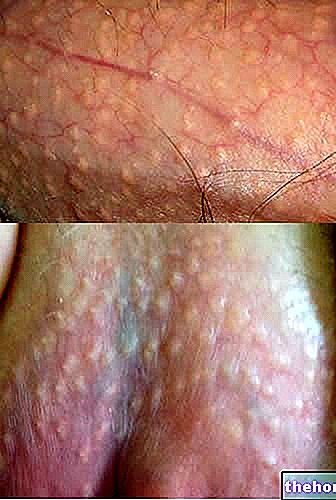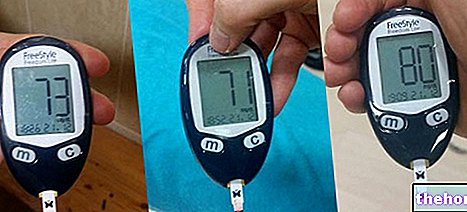Generality
Fingerprints are literally defined as "fingertip mark on a smooth surface, used as a means of personal identification'.

The dermatoglyphs are nothing more than the set of crests and skin furrows present on the fingertips of the hands and which take on different shapes from individual to individual.
In truth, strictly speaking, the dermatoglyphs are also present on the palms of the hands and on the soles and toes. However, in most cases, it is those present on the fingertips of the hands that are used as a means of recognition to identify an individual and distinguish it from another. Not surprisingly, it is believed that the morphological differentiation of fingerprints is largely due to hereditary and genetic factors.
Characteristics of Fingerprints
Fingerprints can be used as a means of individual recognition thanks to their interesting features, such as:
- Individuality, that is fingerprints are characteristic and unique for each individual, so much so that even homozygous twins - although they have an identical chromosomal set - have different fingerprints. However, it should be remembered that this characteristic is attributed to fingerprints only on the basis of empirical data, since, as yet, it has not yet been scientifically proven. On the other hand, such a scientific demonstration is logically rather difficult, if not impossible.
- Immutability, since fingerprints are formed in the fetus, approximately around the eighth month of pregnancy and from that moment on no longer vary throughout the life of the individual. The only variation that the footprints can undergo is that relative to their size which, of course, will tend to increase in adulthood.
If the skin of the fingertips is injured, it heals and the skin regenerates with the same morphological characteristics it had before the injury. However, in some cases, scars may form (however visible and identifiable) capable of permanently altering the morphology of the fingerprint. - Classification. The grooves and ridges that make up the fingerprints can take on different shapes, giving rise to different patterns. However, the possible variations are quite limited and this allows for a systematic classification of the aforementioned schemes.
Classification
As stated above, fingerprints can be classified according to the (limited) patterns that the ridges and grooves draw on the fingertips.
First, the fingerprint can be divided into three different areas that have specific lines:
- Basal zone, located near the spacing between the second phalanx and the fingertip. Normally, the lines of the basal zone are parallel to the aforementioned spacing;
- Marginal area, whose lines surround the fingertip in its apical, radial and ulnar parts;
- Central area - otherwise known as the core of the footprint - which is located in the center of the fingertip and is bounded by the lines present in the other areas.
The lines formed by the crests present on the surface of the fingertips can then take on different shapes, thus essentially giving rise to four different figures, named as follows:
- Adelta;
- Monodelta;
- Bidelta;
- Composed.
However, the classification and recognition of fingerprints are complicated procedures that require considerable preparation.
The study - which includes both the survey and the examination of fingerprints - is called fingerprinting.
Uses
As mentioned, fingerprints are mainly used as a means of personal recognition and it is now known that they are used to recognize and identify criminals by law enforcement and security bodies.
However, fingerprints are not only exploited in the field of criminology, but can also be used in other sectors, such as:
- Anthropology, for ethnic systematics;
- Forensic medicine;
- Human genetics, for example, to diagnose zygotism in twins.
Furthermore, in some cases, fingerprints can be used in the medical field for the identification of certain pathologies. In fact, it seems that some forms of dermatoglyphs may be closely related to some chromosomal aberrations, such as that which characterizes Down syndrome.
















.jpg)











